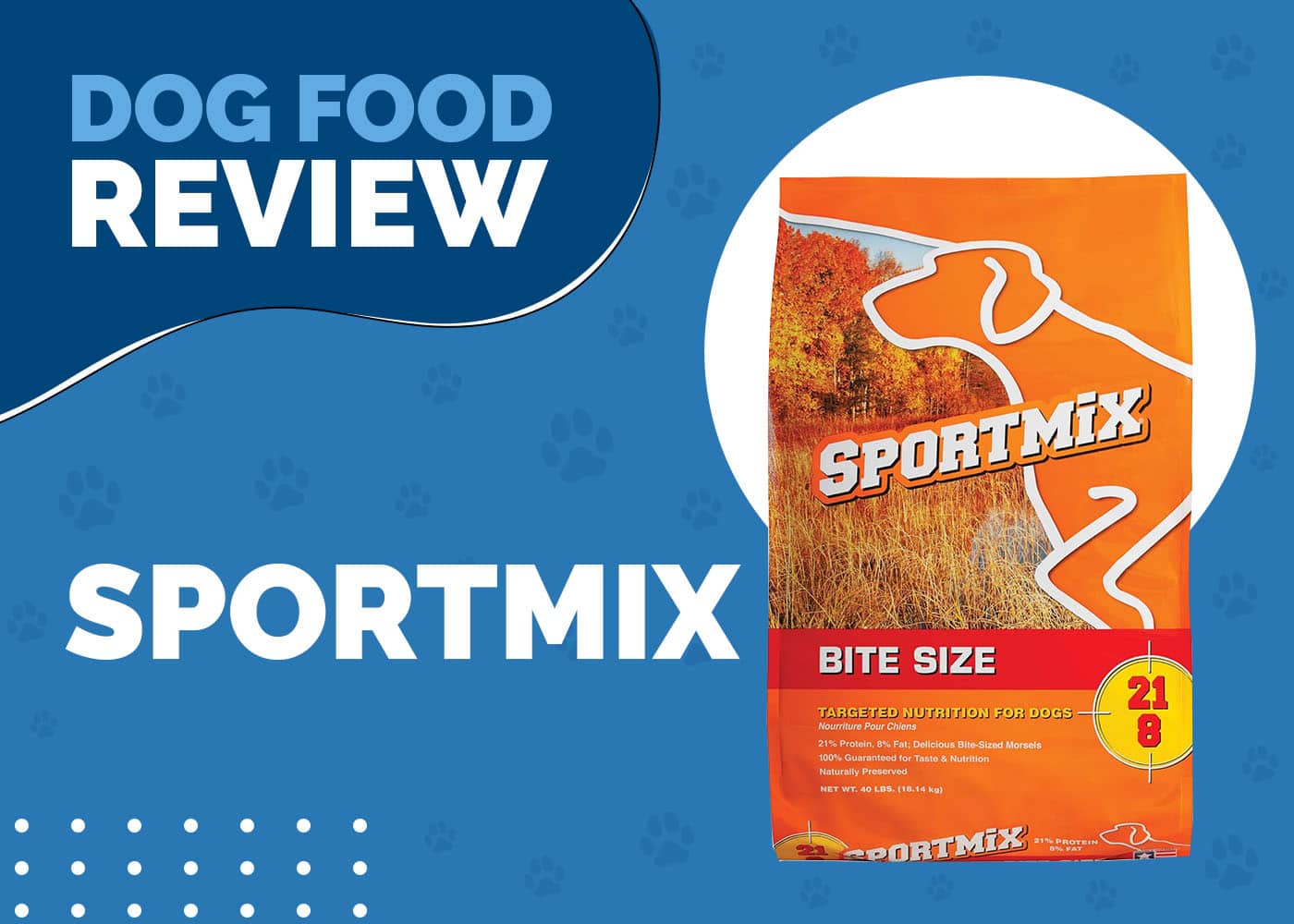Can Dogs Eat Pigs’ Feet? Vet-Reviewed Health Concerns
Updated on

Many people don’t like the idea of certain meats; cow cheek or tongue, sweetbread, and pig trotters may not be as appealing as the more sanitized vision of a steak packaged in cellophane.
Pig feet appear in many cuisines as a cheap protein source. They also add body and thickness to broths, stews, and other preparations. Pig feet are safe for your dog to eat, but are not the healthiest part of the animal for your dog to eat. Let’s delve into their nutritional value to see if it’s a worthy addition to your pet’s diet.
Nutritional Value of Pigs’ Feet
Generally, the more an animal uses a specific part of its body, the more muscle and less fat it accumulates. However, active structures like feet need readily available energy. These factors can affect the nutritional value of various cuts. A 100-gram serving contains 236 calories, zero carbohydrates, 21.8 grams of protein, and 15.9 grams of fat.
This represents a good source of protein, but with a fat content on the higher side of ideal. Additionally, they contain no calcium or fiber, with only some essential vitamins.

The Appeal of Pigs’ Feet
It’s easy to understand the allure of using pigs’ feet as a treat for dogs. Because it’s not a desirable cut for humans, it is more affordable. While they may be tasty, they also offer other benefits from a chef’s perspective. The gelatin in the feet adds body to broths and stocks. That can improve its mouthfeel and taste perception for those who consume it. However, there are other things to consider.
A Novel(ish) Protein
Chicken, beef, and turkey tend to top the list of popular protein sources for commercial dog foods, meaning that, if you are looking for a novel protein to offer your dog as part of an allergy work up, pork is often a good option. When trying to work out which (if any) protein ingredient a dog may be reacting to, whether that be a skin or gastrointestinal reaction, your vet will often recommend an elimination diet trial. This involves feeding your dog a food that contains a single protein source that they have not previously eaten.
Pork can be a good option; although it is sometimes used as an ingredient in commercial foods, usually as pork fat, it is not as ubiquitous as chicken and beef. That’s why many contain exotic meats, like venison and lamb, however, pork may still be an option.
Preparation Method
Preparation is another consideration when dealing with foods like pigs’ feet. You’ll see it cooked in several ways for human consumption, which could be detrimental to your pet. It can act as a flavor source and thickening agent in stews. You may also find it prepared with longer cooking techniques, such as slow cooking and braising, which usually involve problematic ingredients, like onions and garlic, and high levels of salt. This becomes an even higher level if the recipe calls for pickled pigs’ feet.
How To Prepare Pig Feet For Your Dog
You can purchase smoked pig feet from pet supply stores, or they can be fed raw, BUT, as pork can carry a number of harmful pathogens, such as Trichonella, you should freeze the feet for a period of 3 weeks before thawing them in the fridge for your dog.

Final Thoughts
Pig feet can be a safe addition to your dog’s diet. However, it is something that should only be offered as an occasional treat to larger dogs. The only real nutritional benefits they provide are in the form of dietary protein. They are relatively high in fat, so should not be given more often than once a month, but they can be an enjoyable way for your dog to clean their own teeth and gums!
See Also:
- Can Dogs Eat Cow Tongues? Vet-Reviewed Health Concerns
- Can Dogs Eat Horse Hooves? Vet Reviewed Health Concerns












